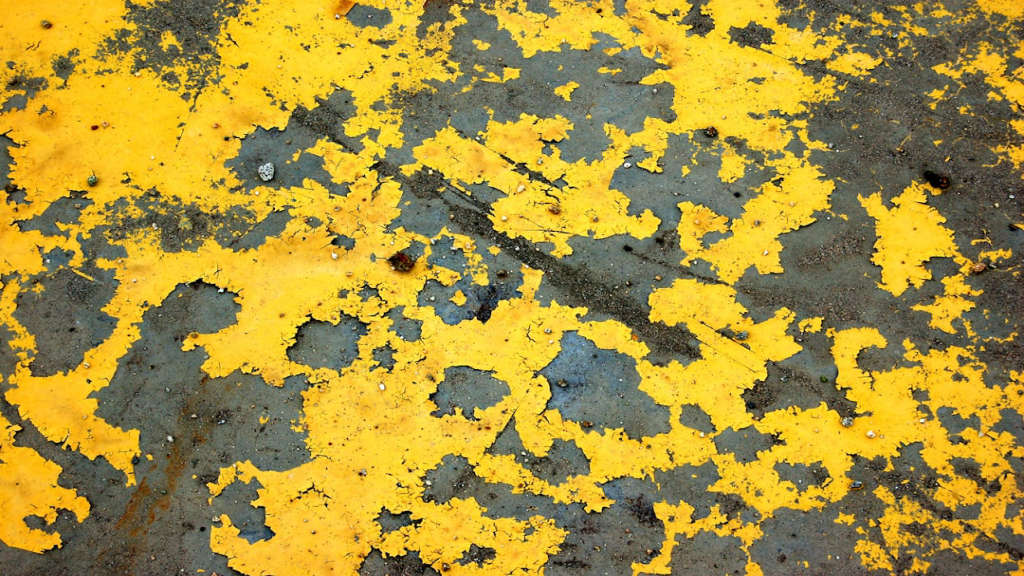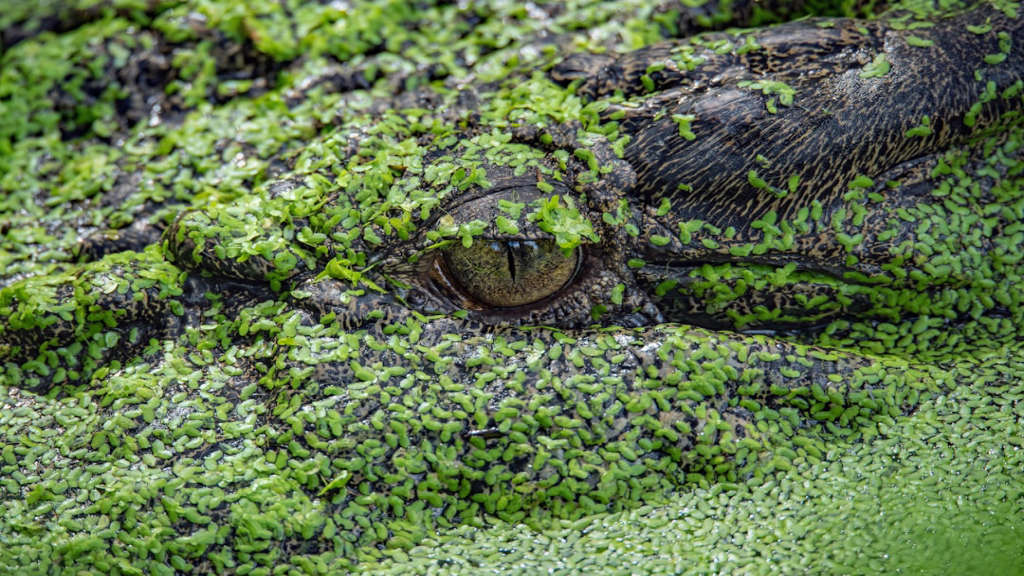Camouflage is a natural adaptation that allows animals to blend into their surroundings for protection and survival. Whether it’s a chameleon blending in with a leafy branch or a tiger hiding in tall grass, camouflage is a crucial part of the animal kingdom. In nature, camouflage plays a key role in helping animals avoid predators and sneak up on prey. But camouflage isn’t just limited to the animal kingdom; it’s also used in military and tactical settings to conceal soldiers and equipment from the enemy.
Main Points
- Camouflage in Nature: Explore how animals use camouflage to blend into their environments
- Survival and Protection: Discuss the importance of camouflage for animal survival
- Tactical Camouflage: Learn about the use of camouflage in military and tactical applications
- Camouflage Clothing: Discover how humans have adopted camouflage for hunting and outdoor activities
- Camouflage Effectiveness: Examine the effectiveness of different camouflage techniques and patterns
The Evolution of Camouflage in Nature
What is Camouflage?
Camouflage is a defensive mechanism used by animals and plants to blend in with their surroundings in order to avoid detection by predators or prey.
Camouflage Definition
Camouflage is the act of concealing oneself in order to blend in with the environment. This can be achieved through a variety of techniques and adaptations.
Camouflage Techniques
The evolution of camouflage in nature has led to the development of various techniques including mimicry, coloration, and disruptive patterns. These techniques allow organisms to effectively blend in with their surroundings and increase their chances of survival.
Key Words: camouflage, defensive mechanism, mimicry, coloration, disruptive patterns
The Role of Camouflage in Survival Strategies
Camouflage plays a crucial role in the survival strategies of various species in the animal kingdom. The ability to blend in with the surroundings through camouflage patterns is essential for evading predators and hunting prey. In the military, camouflage clothing is used to conceal soldiers and equipment from enemy forces. Moreover, camouflage in nature is evident in the adaptation of organisms to their environment, enabling them to thrive and avoid threats.
Camouflage is not merely a physical attribute but a tactical advantage that enhances an organism’s chances of survival. By utilizing camouflage patterns, animals can evade detection and capture, ensuring their safety and enabling them to find food and shelter. Similarly, soldiers rely on camouflage clothing to remain undetected in various terrains, allowing them to carry out missions without being compromised. Furthermore, the integration of camouflage in nature showcases the remarkable ability of organisms to adapt and thrive in their habitats, ultimately contributing to the balance of ecosystems.
The Strategic Importance of Camouflage
| Environment | Use of Camouflage |
|---|---|
| Woodlands | Disguising predators and prey |
| Deserts | Concealing military operations |
| Underwater | Blending in with surroundings for protection |
Overall, the role of camouflage in survival strategies cannot be overstated. Whether it is through camouflage patterns in the animal kingdom, camouflage clothing in the military, or camouflage in nature as a natural adaptation, the ability to blend in with the environment is fundamental for ensuring the safety and survival of living organisms.
The Science Behind Camouflage Mechanisms
Camouflage is the art and science of concealment. It is the effective technique used by animals and military personnel to blend into their surroundings, making them difficult to detect. Camouflage mechanisms involve a combination of coloration, pattern, and texture to achieve this effective disguise. Understanding the effectiveness of camouflage and its techniques is crucial for survival in the natural world and in military operations.
Camouflage in Military and Tactical Applications
Camouflage plays a crucial role in military and tactical operations, allowing soldiers to blend into their surroundings and remain undetected by the enemy. This essential tactic involves the use of specialized clothing, equipment, and techniques to conceal personnel, vehicles, and equipment from observation.
Camouflage serves several purposes in military and tactical applications. It helps to protect personnel and assets by making them difficult to see, preventing the enemy from accurately targeting them. Additionally, it enables units to move undetected and conduct covert operations, increasing their chances of success.
The Elements of Effective Camouflage
Effective camouflage involves careful consideration of the surrounding environment and strategic use of color, pattern, and texture to mimic natural features and break up the outline of personnel and equipment. It also requires an understanding of light and shadow to create depth and dimension, further enhancing concealment.
Furthermore, advances in technology have led to the development of specialized camouflage materials that offer enhanced protection and adaptability in diverse terrain and weather conditions. These innovations provide soldiers with the ability to remain concealed and operate effectively in a wide range of environments.
The Impact of Camouflage on Operations
Camouflage significantly influences the outcomes of military and tactical operations. It empowers units to maintain the element of surprise, gain a strategic advantage, and achieve mission objectives with minimal risk. By enhancing survivability and reducing the likelihood of detection, camouflage plays a critical role in the success of missions and the safety of personnel.
In conclusion, camouflage is integral to military and tactical applications, offering essential protection, concealment, and operational advantages. Its continued evolution and integration into modern warfare ensure its ongoing significance in enhancing the effectiveness and safety of military personnel.
Camouflage in Animal Behavior and Adaptation
Camouflage is a crucial survival strategy in the animal kingdom, allowing creatures to blend into their surroundings and evade predators or sneak up on prey. This remarkable adaptation has evolved in various species, from insects to mammals, and plays a vital role in their behavior and ecological interactions.
The Importance of Camouflage
Camouflage not only helps animals avoid danger, but it also aids in hunting for food and protecting their young. The ability to blend in with their environment is a key factor in their survival and adaption to their habitats.
Conclusion
In conclusion, it is evident that camouflage plays a crucial role in nature, survival, and tactical strategies of various animals. The ability to blend in with their surroundings provides animals with a level of protection from predators and enhances their chances of successfully hunting prey. Understanding the mechanisms and patterns of camouflage can also be valuable for humans in tactical situations, such as military operations and hunting. Overall, camouflage is a fascinating and essential aspect of the animal kingdom, showcasing the incredible adaptability and survival instincts of various species.
Frequently Asked Questions
What is camouflage?
Camouflage is the use of any combination of materials, coloration, or illumination for concealment, either by making animals or objects hard to see, or by disguising them as something else.
How does camouflage work?
Camouflage works by allowing an animal or object to blend into its surroundings, making it difficult for predators or enemies to detect them.
What are the different types of camouflage?
There are several types of camouflage including concealing coloration, disruptive coloration, mimicry, and background matching.


